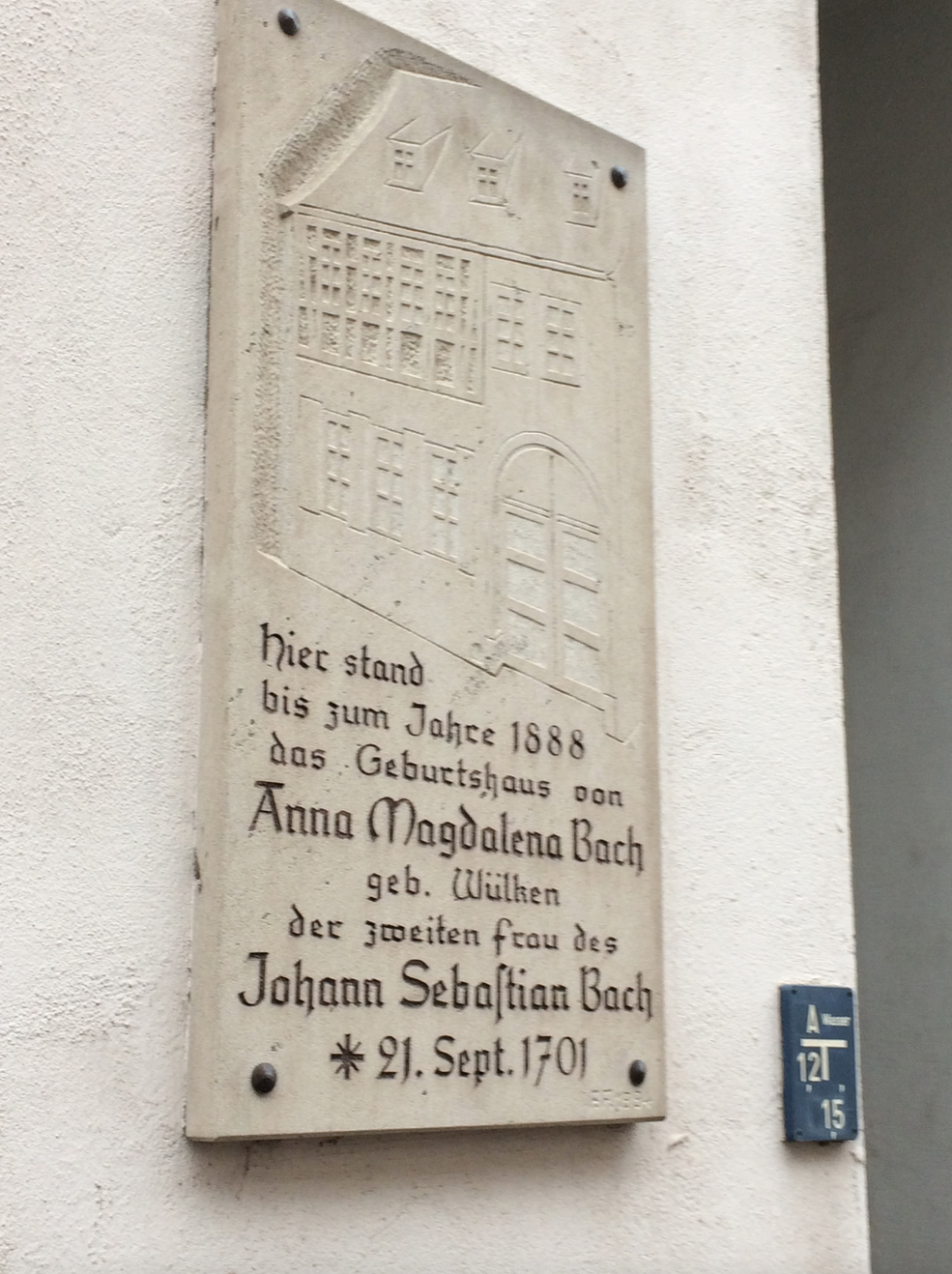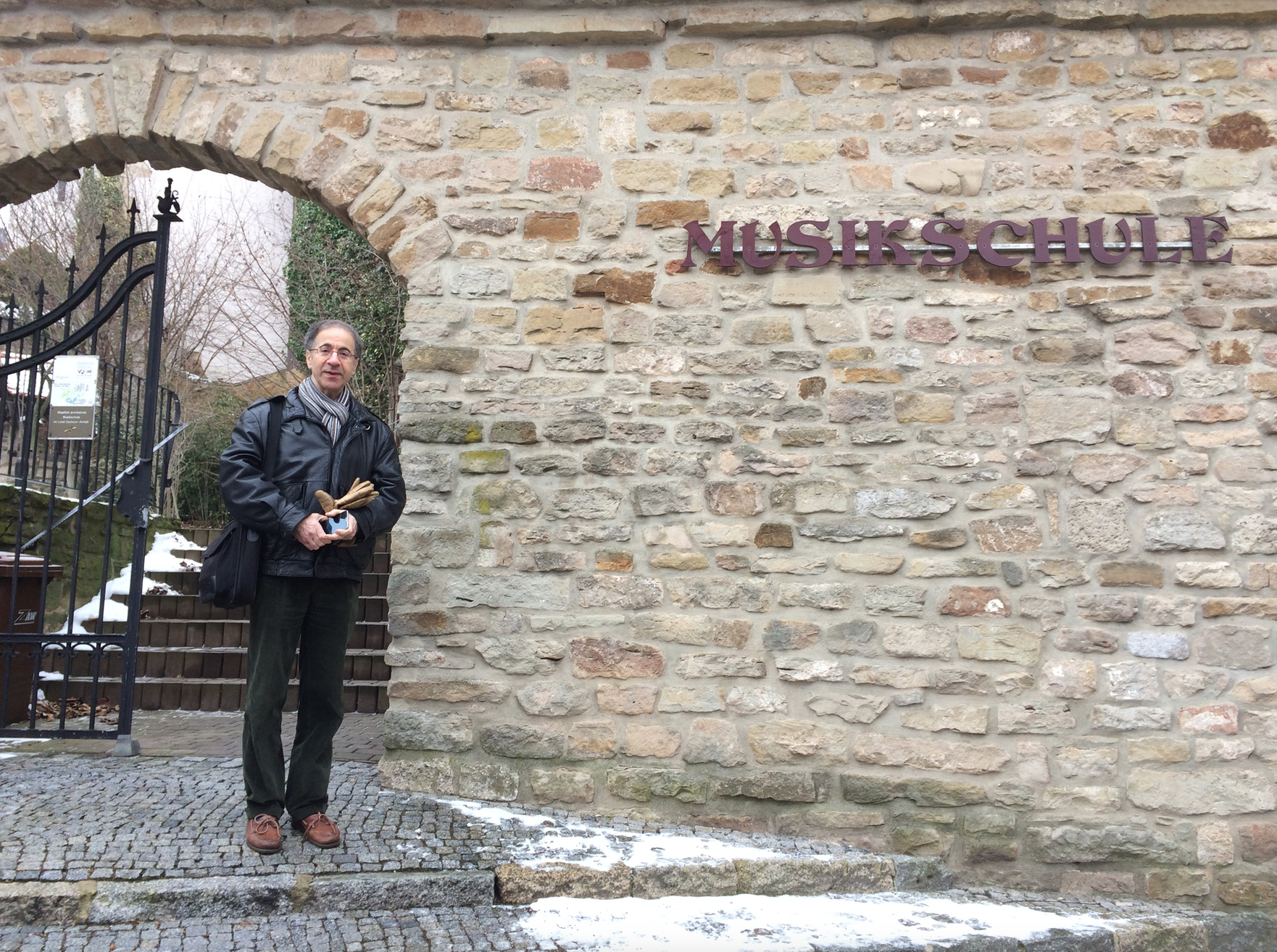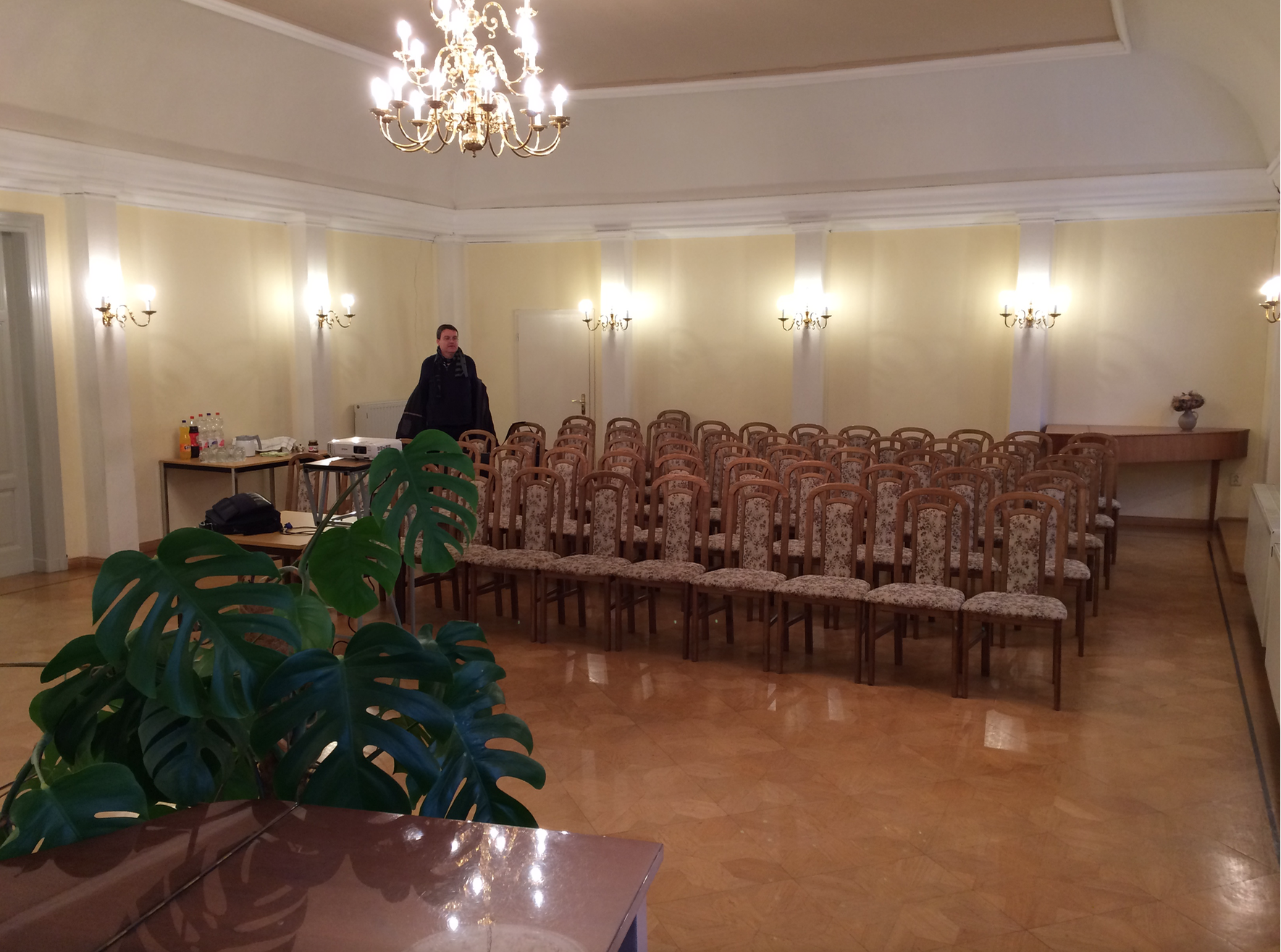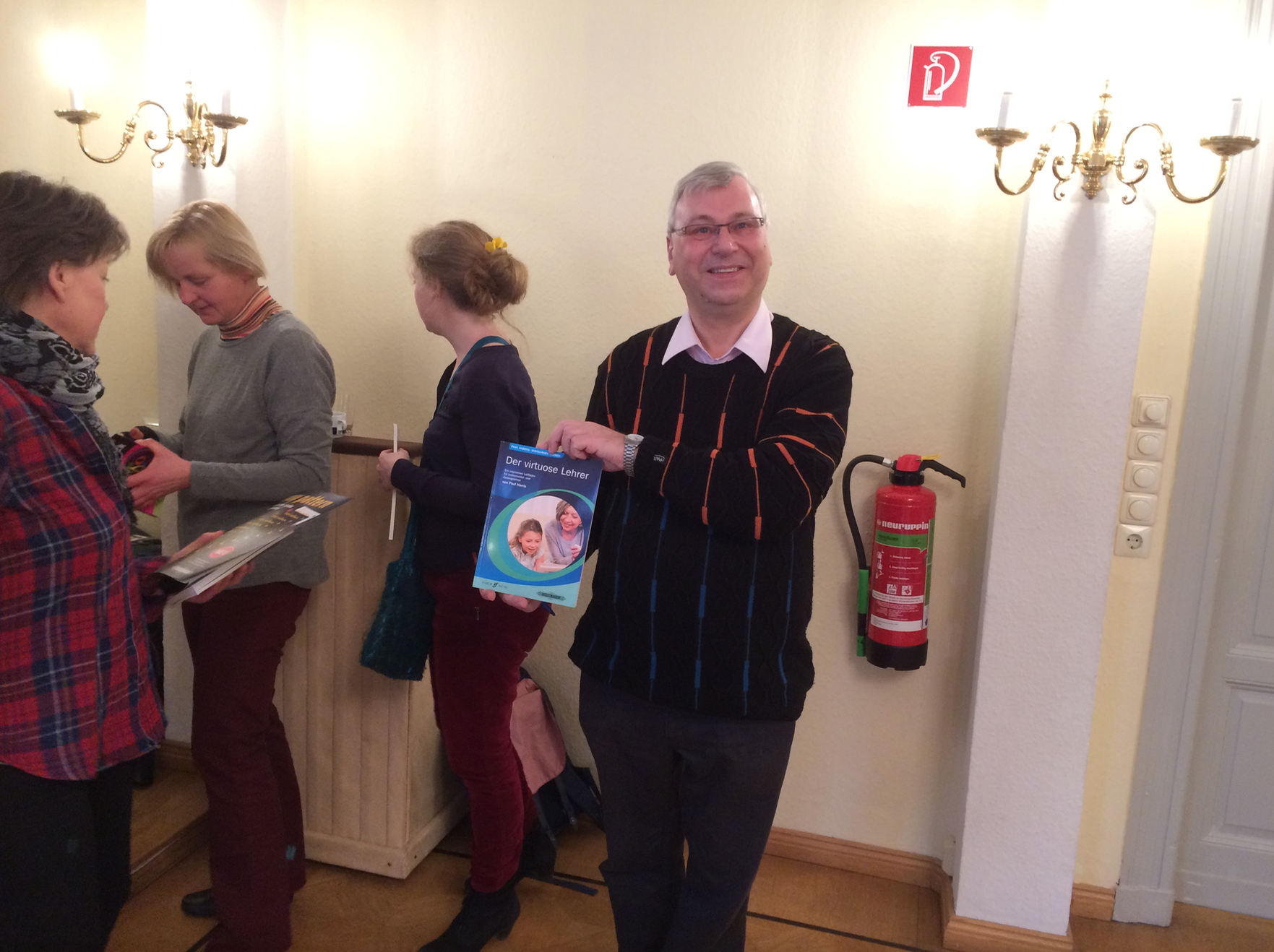Another new (academic) year approaches! Hope it’s going to be a happy one. If it’s going to be a really happy (and productive) one, we need to be armed with some new year’s resolutions. So have you made any, or is it going to be a case of business as usual? If you haven’t made any yet – and forgive me for being a little presumptuous – I’d like to get in on the act! Actually I wrote a post on this subject in 2015 (which you can find on my official Facebook site). But I’d like to explore a slightly different and more personal angle this year.
Ok – none of us ever want to be wrong about things… or at least admit that we might be wrong, but it is possible! So let’s get into the habit of questioning our choices, our decisions, our strategies, and our suggestions. Maybe they work, maybe they don’t. Maybe they work for some and not for others. And of course it’s much easier to go with what we’ve always gone with. But perhaps we might find some stimulating new ways forward with a bit more consideration. Our pupils certainly deserve it. Somewhere in our minds we have some pretty strong beliefs and values, and some weighty and deeply help principles that shape and determine the way we teach and who we are musically. Well, let’s subject these beliefs to some hefty rigorous evaluation and if we come out with the same ones after having done so, then fine. On the other hand, we might discover that some interesting recalibration could take us to exciting new pastures.
Actually we can subject anything to this energizing scrutiny. To what do we attribute our pupils’ success or failure, for example? How do we know if a pupil has learned what we were trying to teach them? Why do we think some of our pupils practice more than others? Are we prepared to let pupils do things they don’t understand? Do we have expectations for pupils? Why? Are these helping them or hindering them? Are we teaching to feed our egos or for the greater good of humanity? Big questions! How about some smaller sized questions then? When and why do we teach scales? What are our favourite words to describe musical character? With what kind of pen or pencil do we write out our pupils’ practice notes (if we do write them notes)? How do we greet our pupils? How do we send our pupils off at the end of lessons?
What are you thinking about this? Good questions… I’m on for a bit of soul searching? Or maybe Unnecessary questions – I’ve got quite enough to think about.
Well… it’s up to you. But if we do allow ourselves some time to question some of these things (and there are many more!) we can only benefit. And benefit in really significant ways. So here’s the resolution for this new academic year: question everything!
Happy New Year!





























